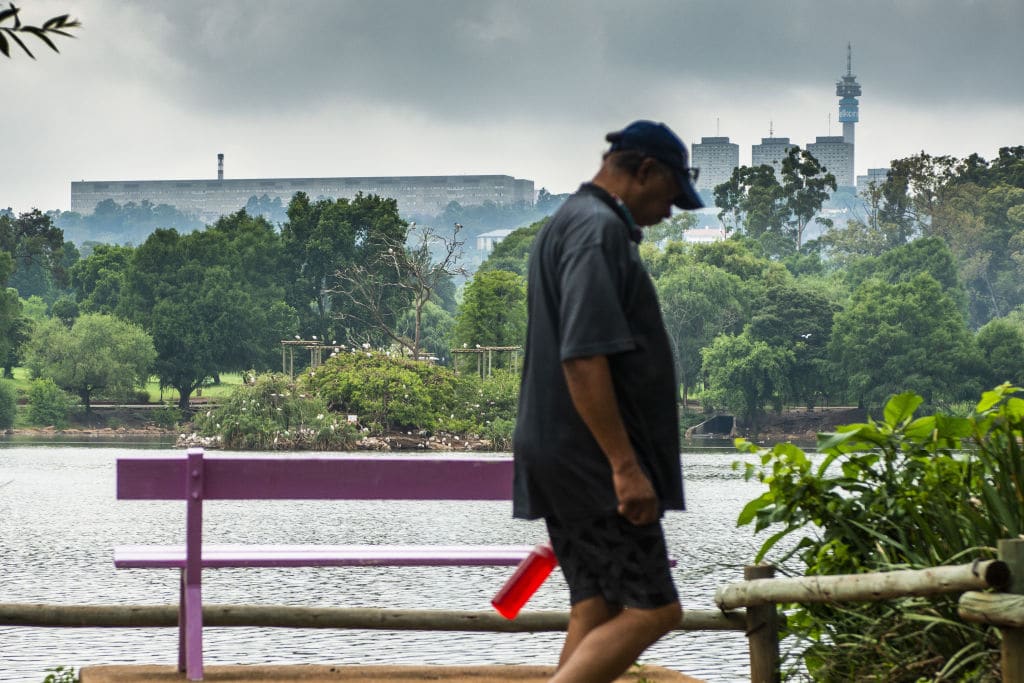Unemployment surges, and inequality prevails in Rainbow Nation.
According to the latest figures released by Statistics South Africa (Stats SA), the fourth quarter of 2021 has seen unemployment rates rise to a record 35.3% in the country.
Youth unemployment is still at 66.5%; a dizzyingly high percentage of young people without income.
This news comes just after a World Bank report released a month ago, stating that South Africa remains the most unequal country in the world, ranking first out of 164 countries.
South Africa’s Gini coefficient, which measures disparities in consumption and income, sits at 63 in 2022.
Patrick Bond, professor at the University of Johannesburg and specializing in political economy, tells FORBES AFRICA the standard solution to unemployment is through public works.
“This is most obvious in energy where jobs can be created in mass grid reconstruction with solar, wind and creative energy storage systems, but also in retrofitting our transport, agriculture, urbanization and construction, production, disposal and consumption-related services,” says Bond.
During his State Of the Nation Address (SONA) speech on February 10, President Cyril Ramaphosa said the Social Relief Grant of R350 ($24) would remain intact until March 2023. In his address, he reported that it has helped 10 million people in the country.
From May 2020, South Africans aged between 18 and 59, who had previously been excluded from receiving social grants, were eligible to receive $24 per month.
By July 2020, about 5.6 million people had been approved for the grant, costing the government R4.8 billion ($327 million) per month.
Civil society organizations and research groups say the grants are not enough.
“There is a genuine poverty line – sometimes called ‘upper bound’ by StatsSA, although needing upward adjustment – that covers expenses for not only food but shelter, clothing and other necessities. It comes to R50 per day by some estimates, so is more than four times what the state is handing out,” comments Bond.
“The R350 in 2022 is at least 10% below the R350 in 2020 due to inflation – and price hikes affecting poor people are typically more than 2% higher than the average rise in the Consumer Price Index.”
Bond adds that in the world’s most unequal country, much more could be done, if economic democracy finally becomes an objective for the country.
The upper-bound poverty line is now R1,335 ($91) per person per month, up from R1,268 ($86) previously (+5.3%). This is the food poverty line along with the average amount of non-food items of households whose food spending is equal to the food poverty line.
Stats SA reported in 2019 that approximately 18 million South Africans are vulnerable to poverty or in need of state support.
Food prices have increased over the past year, outstripping headline inflation, as Business Tech reports – rising 10% between September 2020 and August 2021.
